The Cayman Islands (pronounced /ˈkeɪmæn/ or /ˈkeɪmən/) are a British overseas territory located in the western Caribbean Sea. The territory comprises the islands of Grand Cayman, Cayman Brac, and Little Cayman, located south of Cuba and northwest of Jamaica. The territory is a major offshore financial centre in the Caribbean.
The Cayman Islands are located in the western Caribbean Sea. They are the peaks of a massive underwater ridge, known as the Cayman Trench, standing 8,000 feet (2,400 m) from the sea floor, which barely exceeds the surface. The islands lie in the northwest of the Caribbean Sea, south of Cuba and west of Jamaica.
They are situated about 400 miles (650 km) south of Miami, 180 miles (300 km) south of Cuba, and 195 miles (315 km) northwest of Jamaica. Grand Cayman is by far the biggest, with an area of 76 square miles (197 km²). The two "Sister Islands" of Cayman Brac and Little Cayman are located about 80 miles (130 km) east of Grand Cayman and have areas of 14 square miles (36 km²) and 10 square miles (25.9 km²) respectively.
They are situated about 400 miles (650 km) south of Miami, 180 miles (300 km) south of Cuba, and 195 miles (315 km) northwest of Jamaica. Grand Cayman is by far the biggest, with an area of 76 square miles (197 km²). The two "Sister Islands" of Cayman Brac and Little Cayman are located about 80 miles (130 km) east of Grand Cayman and have areas of 14 square miles (36 km²) and 10 square miles (25.9 km²) respectively.
All three islands were formed by large coral heads covering submerged ice age peaks of western extensions of the Cuban Sierra Maestra range and are mostly flat. One notable exception to this is The Bluff on Cayman Brac's eastern part, which rises to 140 feet (42.6 m) above sea level, the highest point on the island.
Cayman avian fauna includes two endemic subspecies of Amazona parrots: Amazona leucocephala hesterna, or Cayman Brac Parrot, native only to Cayman Brac, and Amazona leucocephala caymanensis or Grand Cayman Parrot, which is native to the Cayman Islands, forested areas of Cuba and the Isla de la Juventud. Another notable fauna is the endangered Blue Iguana, which is native to Grand Cayman. There is also the agouti and the Booby Birds on Cayman Brac.
Tourism accounts for 70-75% of the annual GDP of the Cayman Islands. Of the million+ tourists that visit the islands annually, 99% visit Grand Cayman. George Town also serves as a major cruise ship port, which brings in 4,000 to 22,000 tourists a day, five days a week, depending on the number of ships in port.
One of Grand Cayman's (GCM) main attractions is the world-famous Seven Mile Beach on which a number of the island's hotels and resorts are located. Seven Mile Beach is regarded by many as one of the best beaches in the world. Historical sites in GCM such as Pedro St. James Castle in BoddenTown also attract visitors. The Sister Islands - Little Cayman and Cayman Brac - also supply their own unique charm.
One of Grand Cayman's (GCM) main attractions is the world-famous Seven Mile Beach on which a number of the island's hotels and resorts are located. Seven Mile Beach is regarded by many as one of the best beaches in the world. Historical sites in GCM such as Pedro St. James Castle in BoddenTown also attract visitors. The Sister Islands - Little Cayman and Cayman Brac - also supply their own unique charm.
The Cayman Islands is regarded as one of the world's best scuba diving destinations because of its crystal-clear waters and pristine walls. Cayman Brac and Little Cayman are also elite SCUBA dive destinations. There are several snorkeling locations where tourists can swim with stingrays including the popular Stingray City, Grand Cayman. Divers find two shipwrecks off the shores of Cayman Brac particularly interesting including the MV Keith Tibbetts.
Stingray City is a series of shallow sandbars found in the North Sound of Grand Cayman, Cayman Islands. It is a tourist attraction, as southern stingrays are found in abundance and visitors can feed, pet, and interact with the animals.
Stingray City is in the shallow waters of the northwest corner of Grand Cayman's North Sound. It is just inside a natural channel that passes through the barrier reef and consists of a string of sandbars crossing the North Sound from Morgan Harbor to Rum Point.
Stingray City and a second site near Rum Point Channel called Sandbar were featured on television documentaries and seen as underwater advertising backdrops.
Other Grand Cayman tourist attractions include the Ironshore landscape of Hell, the 23-acre (93,000 m2) marine theme park Boatswain's Beach, also home of the Cayman Turtle Farm, the production of gourmet sea salt, and the Mastic Trail, a hiking trail through the forests in the center of the island. The NationalTrust for the Cayman Islands provides guided tours weekly on the Mastic Trail and other locations.
Stingray City is in the shallow waters of the northwest corner of Grand Cayman's North Sound. It is just inside a natural channel that passes through the barrier reef and consists of a string of sandbars crossing the North Sound from Morgan Harbor to Rum Point.
Stingray City and a second site near Rum Point Channel called Sandbar were featured on television documentaries and seen as underwater advertising backdrops.
Other Grand Cayman tourist attractions include the Ironshore landscape of Hell, the 23-acre (93,000 m2) marine theme park Boatswain's Beach, also home of the Cayman Turtle Farm, the production of gourmet sea salt, and the Mastic Trail, a hiking trail through the forests in the center of the island. The NationalTrust for the Cayman Islands provides guided tours weekly on the Mastic Trail and other locations.
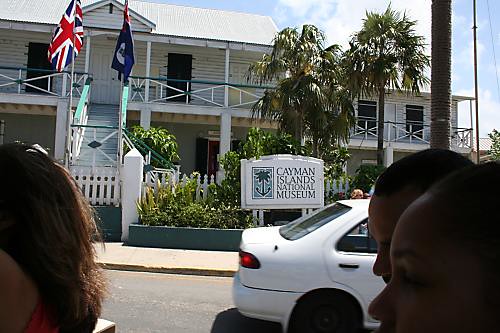
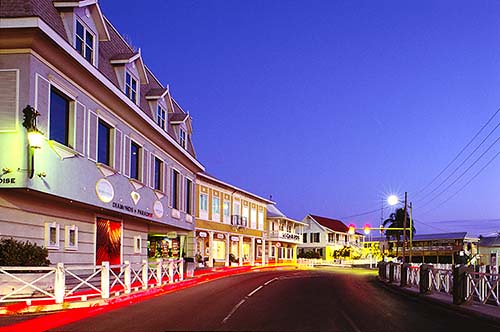
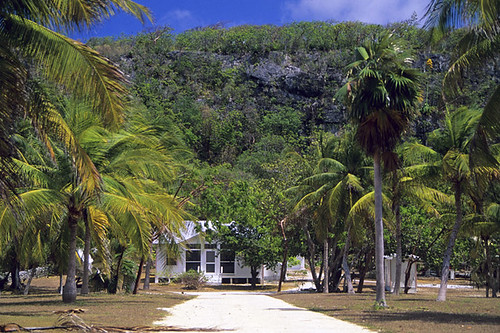
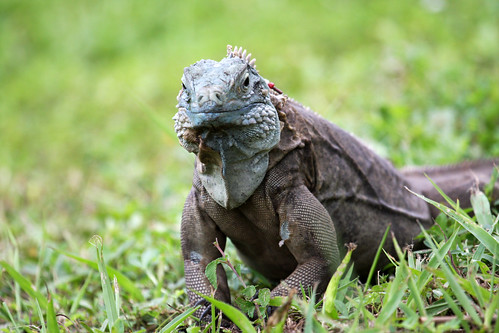
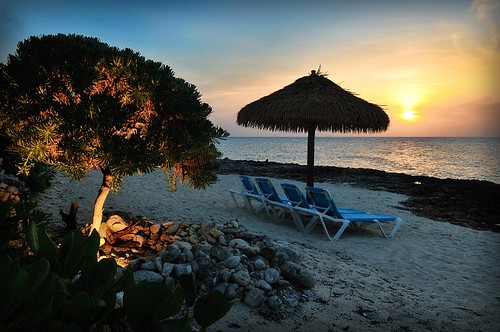
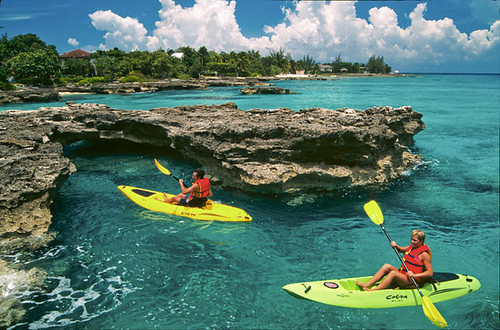
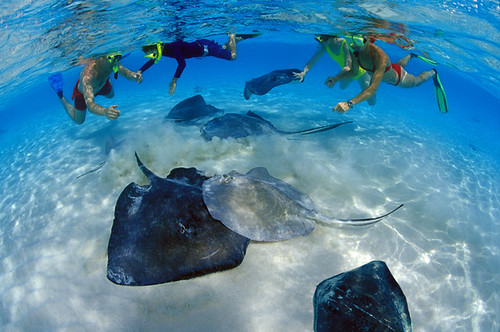
0 comments:
Post a Comment